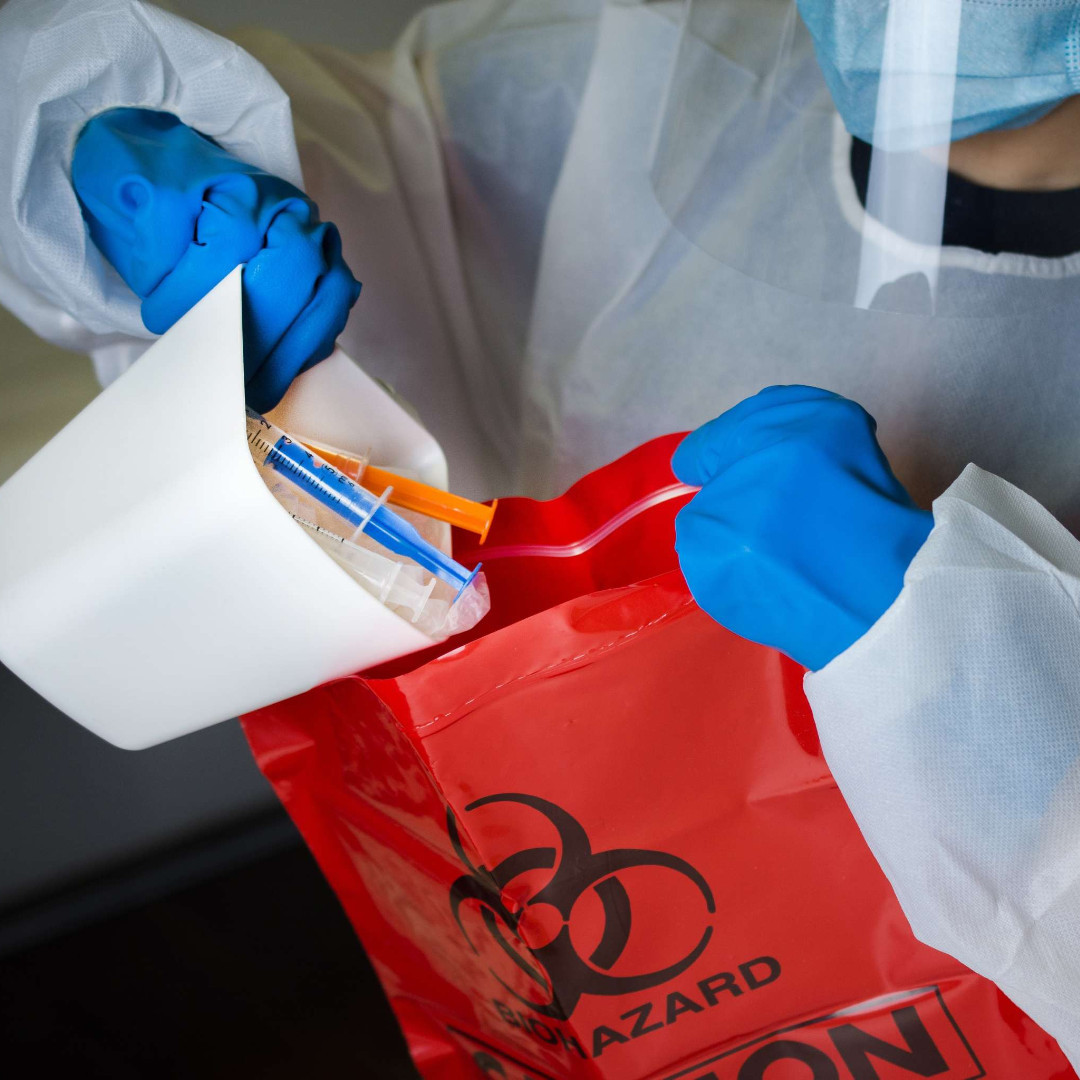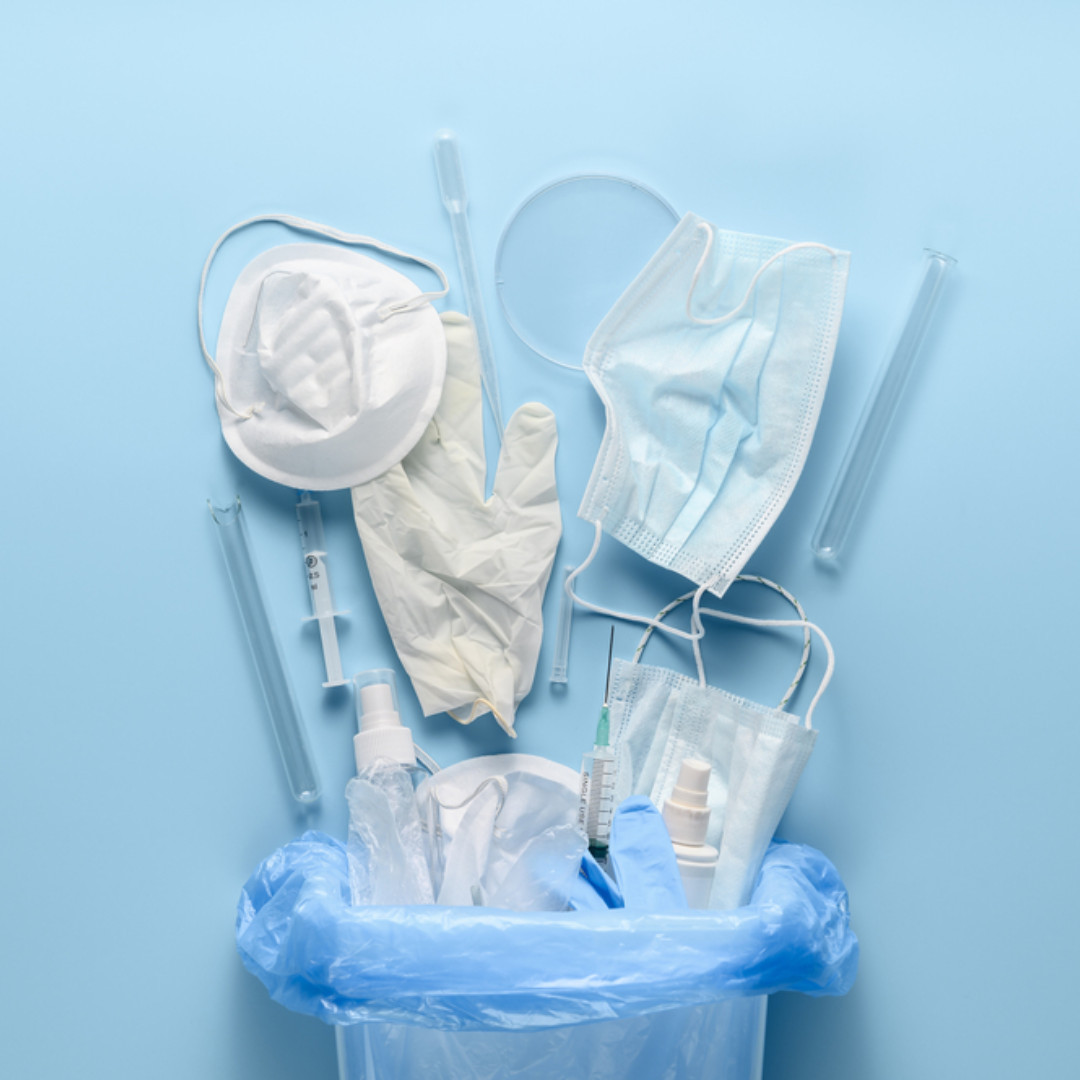This post, Proactive ways to prevent improper pharmaceutical disposal, first appeared on https://www.mcknights.com/.
As the use of pharmaceuticals in long-term care facilities increases, so does the need for proper management of its waste. With the potential to cause harm for facilities, their residents and the environment, it is imperative that LTC owners and operators understand the current regulatory environment and best practices for pharmaceutical waste.
A recent Associated Press investigation found that hospitals and LTC facilities were flushing nearly 250 million pounds of medication each year. Consequently, this improper disposal of waste likely contaminated 40 million Americans’ drinking water, as sewage treatment plants and septic systems are not required to deal with such pollutants.
However, controlling the use and disposal of medicinal waste grows more challenging every year with the increased frequency of pharmaceutical use in LTC facilities. For instance, 27% of nursing home facility residents take nine or more medications on a regular basis, according to recent Centers for Medicare & Medicaid Services findings. This high usage has made it difficult for staff to guarantee correct disposal.
Improper removal of medicine can have serious, damaging effects. By following these preventative steps, LTC facilities can minimize costs, improve regulatory compliance and ensure proper pharmaceutical disposal in order to protect facilities, residents and the environment.
Waste segregation
LTC facilities should develop a formal plan for pharmaceutical waste management. Owners and operators can begin by determining the source of discarded drugs and how they are managed from other facility waste streams. Facilities should also decide how they will segregate nonhazardous pharmaceutical waste from hazardous waste, as it is important to separate it to avoid commingling with other waste streams.
Furthermore, should waste be subjected to commingling, facilities will then have to treat it as though it were the most strictly regulated type, as even a small quantity of hazardous waste commingled with regular solid waste requires it to be handled as hazardous waste.
Staff training
Routine training is also essential to ensure proper medicinal disposal. Training should occur on an ongoing basis at all levels, in case of turnover. Staff should understand their responsibilities regarding pharmaceutical waste management and the importance of regulatory compliance. For example, it is critical for all staff members to know that they can never put hazardous waste into sharps containers or red bags.
Moreover, facilities can further improve programs by collecting and monitoring training data. When needed, facilities should take corrective action. However, it is equally important that improvements and accomplishments are celebrated amongst the entire staff to encourage positivity between the group.
Pharmaceutical takeback services
Finally, facilities should integrate pharmaceutical takeback services. One great way to do this is by installing a medication collection kiosk where nurses and residents can dispose of unused and/or expired drugs. Not only does this help reduce the environmental impact of improper medication disposal, but it also helps prevent drugs from ending up in an abuser’s hands. After all, half of people who abuse prescription drugs receive them from friends and family for free, according to data from the National Survey for Drug Use and Health (NSDUH).
Waste disposal services also help reduce operational costs and administrative hassles, along with ensuring compliance with regulatory requirements.
This post, Proactive ways to prevent improper pharmaceutical disposal, first appeared on https://www.mcknights.com/.











